Is Mastering Needed For Distribution?
Quick Answer
Yes, in most circumstances mastering is needed in order to prepare a project for distribution. Although the choice to master your music depends on the desired outcome, it is always helpful to have another engineer listen to and assess the quality of your project before it’s distributed.
Is Mastering Necessary, in Detail
Mastering has been a part of the music production process since the 1950s, starting when amplifying 3kHz became common practice when cutting vinyl records. Since then, mastering has become a popular form of post-production founded on the desire to create better sounding, less noisy records.

Mastering began by trying to make records sound better and less noisy.
Although mastering has seen many iterations, and differing opinions regarding the right approach to mastering, the main value has always stayed the same: to make records sound better and be more enjoyable for listeners.

Mastering is really about making music sound great for listeners, regardless of their playback system.
Although this sounds simple, the work that goes into accomplishing this is anything but. The process of mastering varies on the genre, the equipment used during mastering, the medium a project is distributed on, the anticipated listener’s expectations, the purpose of the music - be it for commercial release or otherwise, and the type of stereo system the project will most often be played on.

Car stereos are a popular form of amplification that needs to be considered when mastering.
These are some of, not all of the questions a mastering engineer takes into consideration when finalizing a project.
Despite these complexities, mastering may not be needed for your project. Although it is rare that a music project doesn’t require mastering, there are certain circumstances in which it may not be the most important.
With that said let’s take a look at some of the responsibilities of a mastering engineer to understand the purpose of mastering, and to see if the project you anticipate creating needs mastering.

Knowing what happens during mastering helps when determining if you need it.
If you’d like to hear how your song or mix would sound with professional analog mastering send it to us here: https://www.sageaudio.com/register.php
We'll master it for you, and send you a free mastered sample.
Adjusting the Loudness
Loudness gets a bad rap, but understanding loudness not as a means of making a song cacophonous, but as a way to cover noise and optimize a project for certain amplifiers is a big part of mastering.
Loudness is used to reduce noise, not on the actual file, but when a song is being played back through consumer-grade amplification.

Consumer-grade amplifiers need to be kept in mind when adjusting a track's loudness.
Although many consumer-grade amplifiers sound great, many lack the ability to reproduce a signal is a clean, non-distorted manner. As a result, they introduce noise and harmonic distortion to a signal, making what was once a great sound master lesser.
Loudness can really help with this issue, as creating a louder master while result in an amplifier having to work a little less hard. When it does this, a greater amount of the noise generated by the amplifier will be masked, and the song will sound how it was intended to sound.
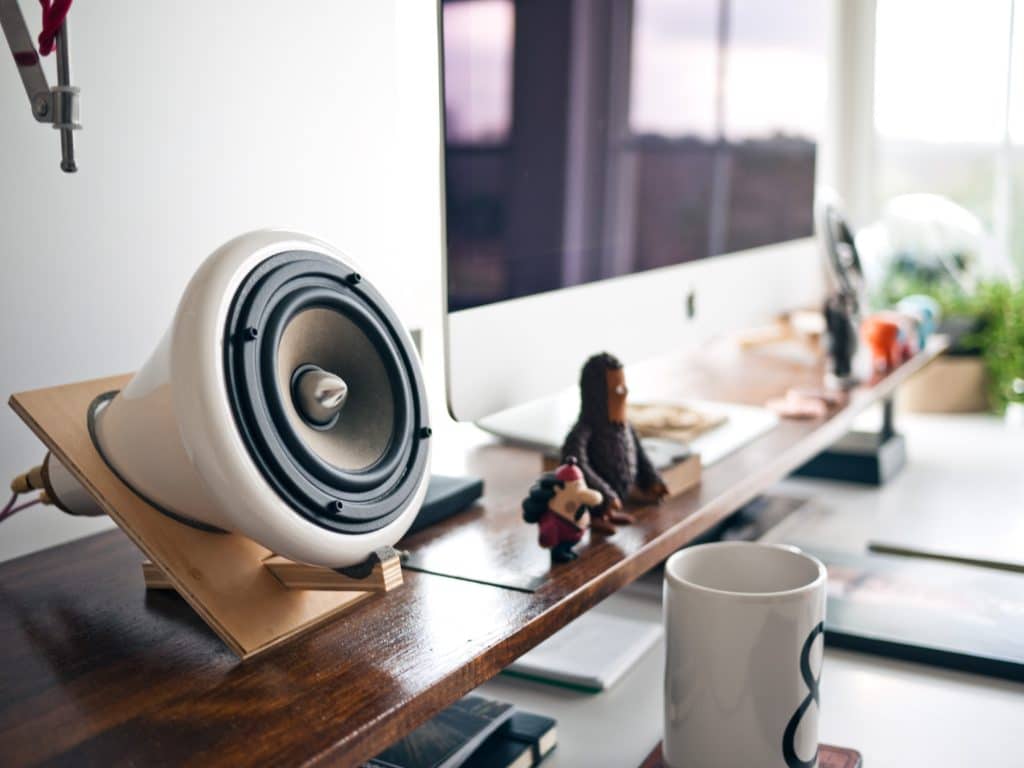
A louder master can cover up or mask the sound of lower grade amplifiers.
So, if you expect your song to be played on consumer-grade amplification systems, maybe lower-end car stereos or a cell phone with a weak amplifier, then getting your project mastered will help with this issue.
In addition to this use of loudness as a means of masking noise, it also needs to be kept in mind when mastering for different mediums. For example, cassettes will not only introduce noise but will begin to saturate at louder levels. An optimal level for loudness when mastering for cassette will need to be considered while mastering - meaning that if you intend to distribute your music on cassette, you will most likely need mastering.

The medium onto which your track is distributed determines an acceptable loudness.
If you’d like to learn more about mastering for cassette, check out our blog and video here: https://www.sageaudio.com/blog/mastering/what-is-mastering-for-cassette.php
A similar concept carries over to distributing music on vinyl. Again, the loudness of a signal will be used to mask noise, but more importantly, too loud of a signal can result in distortion, especially in the higher frequencies. This is due to the physical limitations of the needle used to cut records - with that said, getting your music mastered properly for vinyl is crucial if you want a good sounding record.
If you’d like to learn more about mastering for vinyl, here’s a great post on the subject: https://www.sageaudio.com/blog/mastering/what-is-mastering-for-vinyl.php
Although loudness plays less of a role for CD, it does play a huge role when mastering music for streaming services such as Spotify and Apple Music. When distributed to one of these streaming services, loudness normalization will occur, essentially causing all tracks to playback at the same volume. Understanding this process, and the levels at which streaming services set their normalization, is incredibly important when mastering.

Streaming introduces loudness normalization, which needs to be kept in mind during mastering.
To get more information on mastering for streaming, take a look at our blog post which goes into much greater detail on the topic: https://www.sageaudio.com/blog/mastering/master-music-for-streaming.php
If you plan to distribute your music, accounting for the importance of loudness and how it relates to a multitude of different mediums is an integral part of making good sounding music. If any of this applies to you I’d highly recommend having your music mastered.
If you’d like to hear your music professionally mastered, you can send us a mix here: https://www.sageaudio.com/register.php
It’s completely free, and a great way to hear how your music would sound finished, without any real commitment to a mastering engineer or studio.
Balancing the Frequency Spectrum
In addition to optimizing the loudness of a track or project, a mastering engineer is responsible for creating a balanced frequency response for each track, and across multiple tracks.
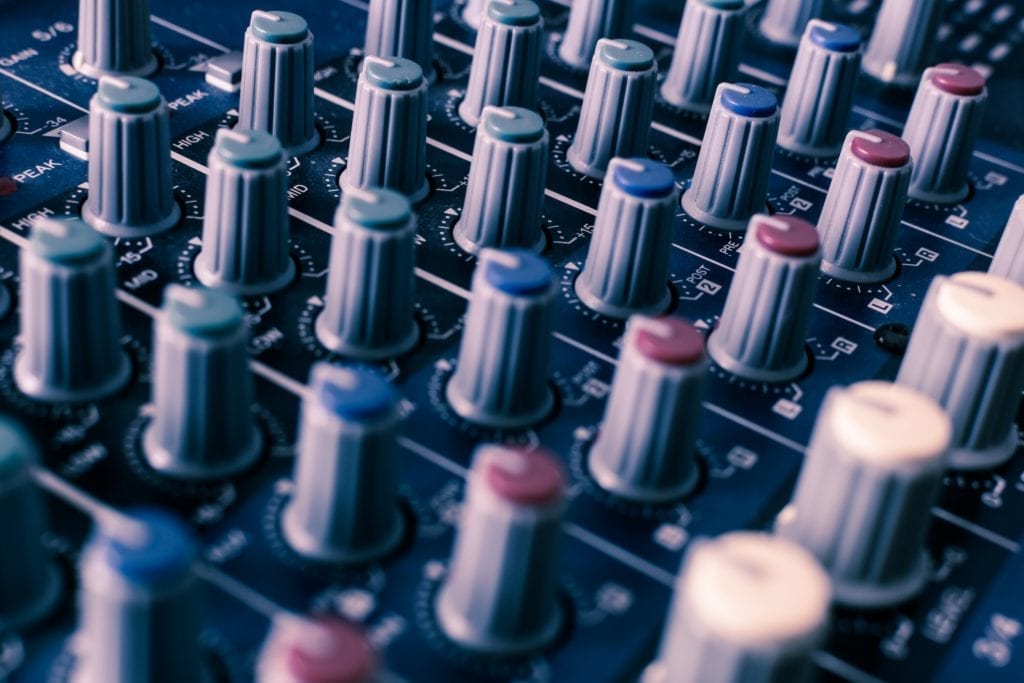
Created a balanced frequency spectrum is a large part of mastering.
When creating a balance within an individual song, the mastering engineer needs to consider the genre and the expected frequency response. From that point, they need to ensure that the frequency spectrum is balanced enough for a consumer-grade stereo system to playback the track without distortion.
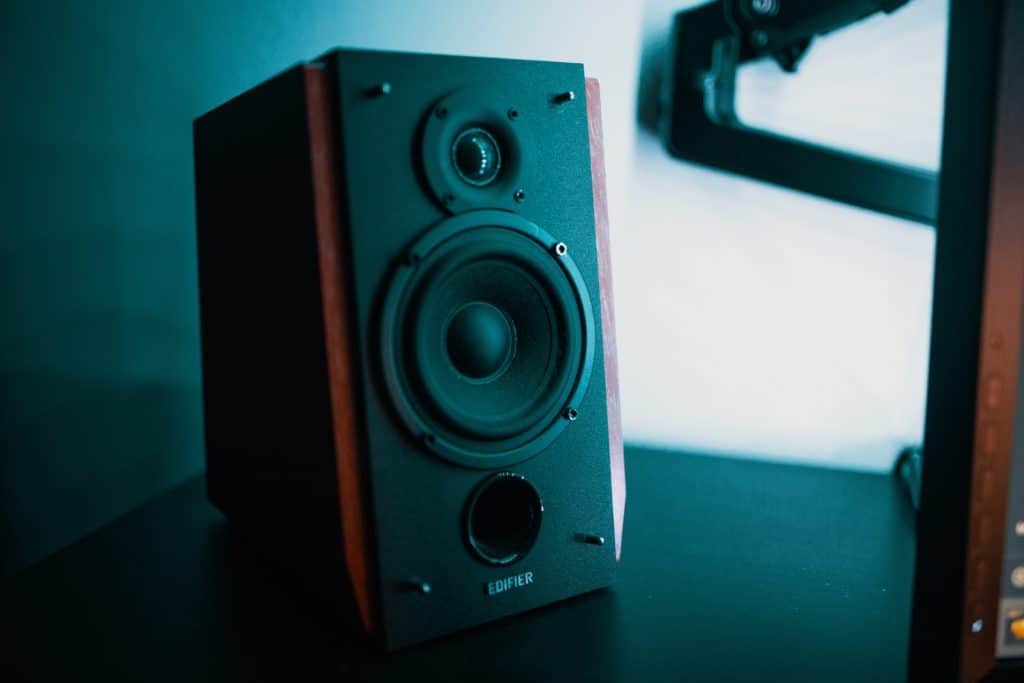
Some consumer-grade speaker systems cannot handle certain amplified frequencies.
Furthermore, the individual track needs to sound pleasant for any listener. Excessive amplification or attenuation of a certain group of frequencies is noticeable and distracting to even the most casual listener. That being said, having a balanced frequency response is crucial to proliferating the listenability of your music or project.

Excessive amplification or attenuation of frequencies will be noticed by most listeners.
In addition to sounding balanced during the playback of one song, having a frequency response that sounds cohesive amongst all tracks within a project is important. If one track has it’s frequency response tailored for one genre type and the next track for another, the offset between the two can sound jarring. A mastering engineer works to create an immersive and balanced listening experience across an entire album.
If you’re curious about equalization techniques you can implement during mastering, check out the multiple blogs we have on the topic: https://www.sageaudio.com/blog/mastering
Just like with loudness, balancing the frequency spectrum looks different for each medium a song or project is put onto. If a song is put onto a CD or distributed for digital streaming, then including all frequencies at a typical level is expected. This is due to the full frequency spectrum playback that’s possible with this medium.

CD and Streaming services accurately recreate the frequency spectrum of mixes and masters.
For vinyl, however, the closer the needle gets to the center of a record, the more high-end it will begin to loose due to a slower velocity with which the needle is traveling. As a remedy for this, many mastering engineers will accentuate and amplify higher frequencies for the songs that have been sequenced in the middle of the record. Although this fix is easy, knowing how the medium requires certain changes in the frequency spectrum is needed. Without this foresight, this issue and many more would degrade the quality of a master put on vinyl.

The vinyl record attenuates the high-end frequencies when the needle gets closer to the center.
If you’re curious how vinyl changes the sound of a master, learn more here: https://www.sageaudio.com/blog/mastering/what-is-mastering-for-vinyl.php
If you’d like to hear your mix mastered for free, send it to us here, and we’ll send you a sample: https://www.sageaudio.com/register.php
Controlling the Dynamics
Dynamics is typically thought of as the dynamic range, but dynamics and the processing behind controlling them has a great deal to with the overall sound and tone of a record. It’s a mastering engineer’s responsibility to not only control the dynamic range, but to use dynamics processing in a way that generates a pleasant sound, and makes it suitable for playback on consumer-grade equipment.
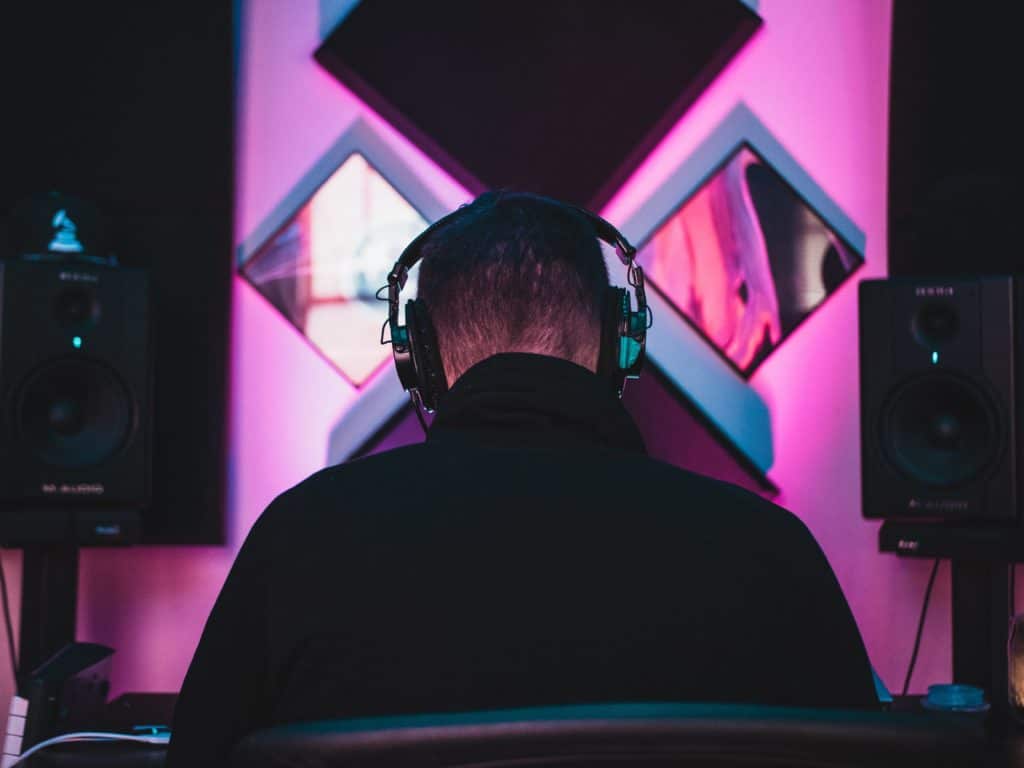
Controlling the dynamics is another important part of mastering.
‘Dynamics’ is usually associated with drums, as they are typically the most dynamic instrument, but 'dynamics' has to do with all instruments, groups of instruments, and sections of the song compared to other sections. This gets even more complex when also considering the genre and style of the music, the speaker system it will be played back on, and the medium onto which the song will be distributed.
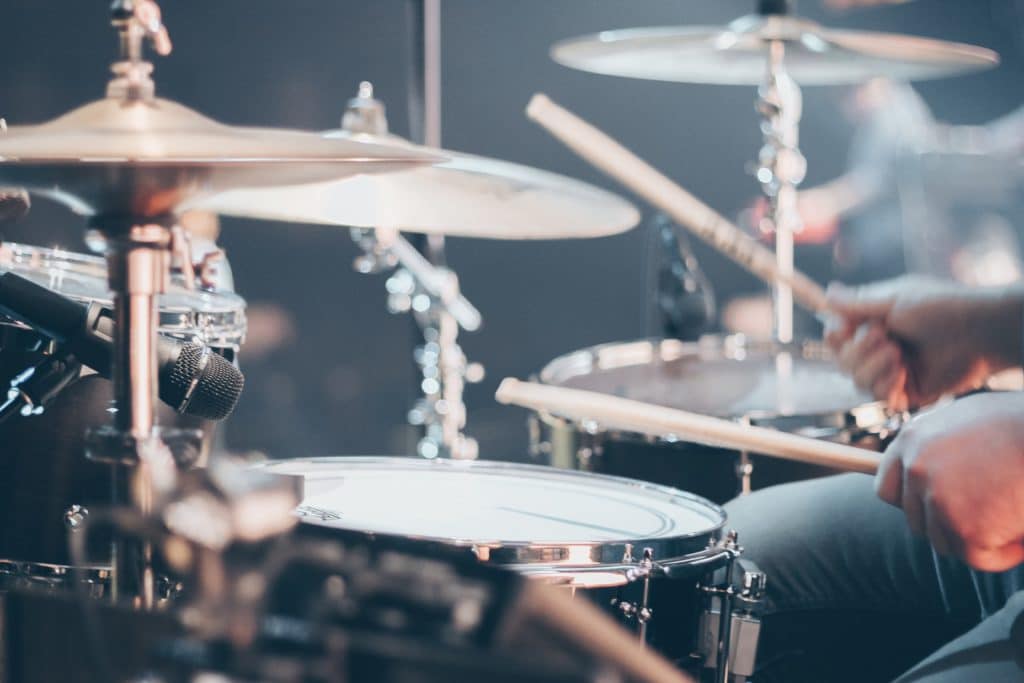
Typically drums are associated with dynamics, but the term 'dynamics' means a lot more during the mastering process.
I won’t be delving into the actual techniques used during the mastering process, but let’s take a look at how some of the different complexities just mentioned affecting how mastering is approached, and show the need for mastering in certain situations. Keep in mind that the points here do not cover the full extent to which dynamics and dynamics processing affects the mastering process.
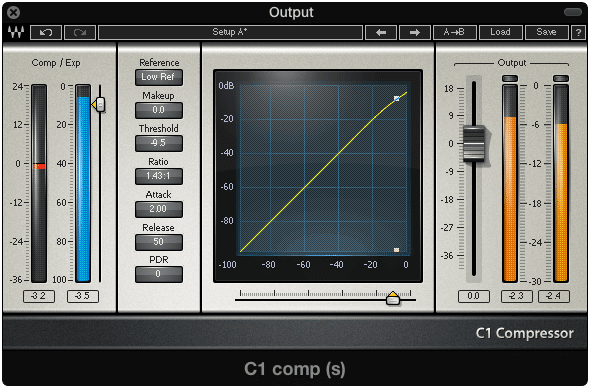
Compressors are just one form of dynamics processing.
The Medium
Controlling the dynamics of a track primarily serves to ensure it can be played back on multiple speaker systems and across different mediums. For example, if a song is mastered for streaming than a greater dynamic range can keep preserved and even sought out - this is due to the medium’s virtual lack of limitations in that field, and the ability for dynamic masters to sound better than less dynamic masters after loudness normalization.

Each medium requires a different handling of dynamics.
But that same concept cannot be applied to the vinyl record. If dynamics aren't controlled during mastering, the cutting process could create large dips that make the playback process impossible. For example, if a huge kick is played and not controlled during mastering, and the lathe cuts the information into the record, which the record is played back on a consumer system, the needle will skip.
If you intend to have your music released on vinyl, having a mastering engineer that can do so professionally is definitely a good decision.
The Genre
In most cases, the genre of the music being mastered dictates the extent to which dynamics should be amplified, attenuated, or preserved. Whereas some genres have little dynamic range and don’t accept huge shifts in dynamics, others warrant huge shifts in dynamics. Knowing how to cater to these listener expectations, all while making them possible amongst consumer grade listening systems, is another responsibility of a mastering engineer - one that illustrates the need to have your music professionally mastered.

Genres and the expected sound of a genre, dictate acceptable dynamic ranges.
For example, in trap or rap music, having a huge dynamic low end is the foundation of the genre. If you were to take the bass out of a rap song, it truly wouldn’t sound like a rap song. With that in mind, if a mastering engineer was to approach a rap song like he or she would a rock song, then the master wouldn’t be a good representation of the genre.

One example of how this occurs is how rock music is processed much differently than rap music.
Conversely, if a mastering engineer was to push these dynamics past the point of playability, it would cause distortion during playback. This too would cause an unpleasant listening experience. With that said, finding a balance between catering to the listener’s expectations as they relate to certain genres while knowing the physical limitations of most speaker systems is one of many prerequisites needed for a master to be considered “good.”
The Timbre
Although timbre is often associated with dynamics, the processing used to control dynamics is inherently tied to altering a song’s timbre. From harmonic generation added from analog compressors to the shift in an instrument or track’s Attack Decay Sustain Release or ADSR envelope, dynamics processing has the ability to quickly impact the sonic characteristics of a track.
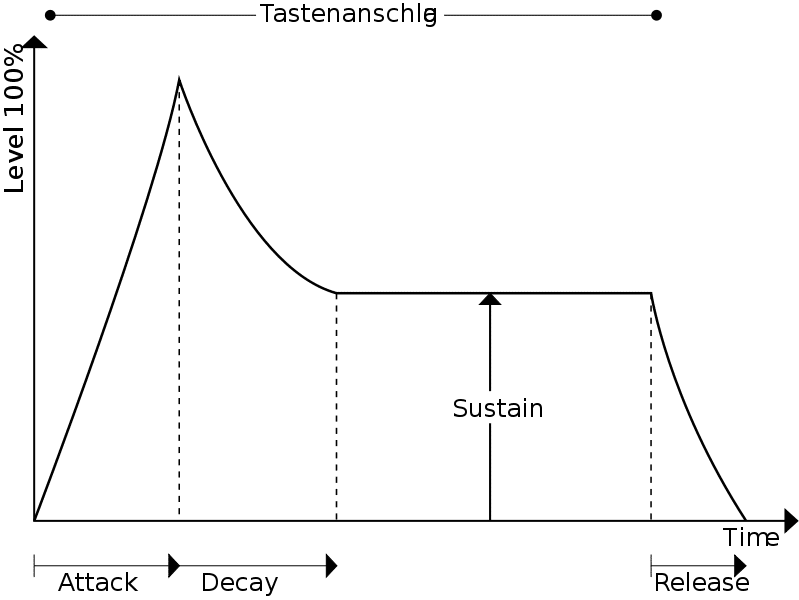
Dynamics processing affects the Attack, Decay, Sustain and Release aspects of an instrument's timbre.
An example of this may be the attack function of a compressor or limiter. By shortening the attack time, the compressor will react to dynamics quicker, meaning that the attack portion of the ADSR will be affected more so than with a slower compressor attack time. The simple act of changing a compressor's attack time for 10ms, to 1ms, will drastically affect how an instrument sounds.
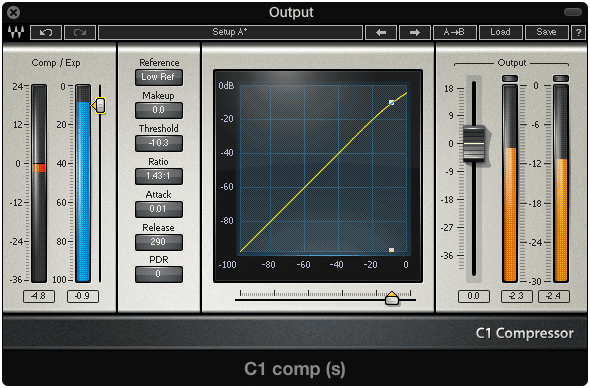
A quicker attack on a compressor will cause the attenuation of the attack aspect on the ADSR.
The ability to affect the timbre of an instrument becomes even more nuanced when compressing an entire mix during the mastering session. Knowing how these small changes can have a huge impact on the sound of a song is just as important as some of the more obvious aspects of mastering, like loudness and frequency spectrum balancing.
If you feel that you may not have a full grasp on all of the more nuanced cause and effect relationships that occur during mastering, then don’t leave your master up to chance. It’s best to have it mastered by a professional mastering engineer.
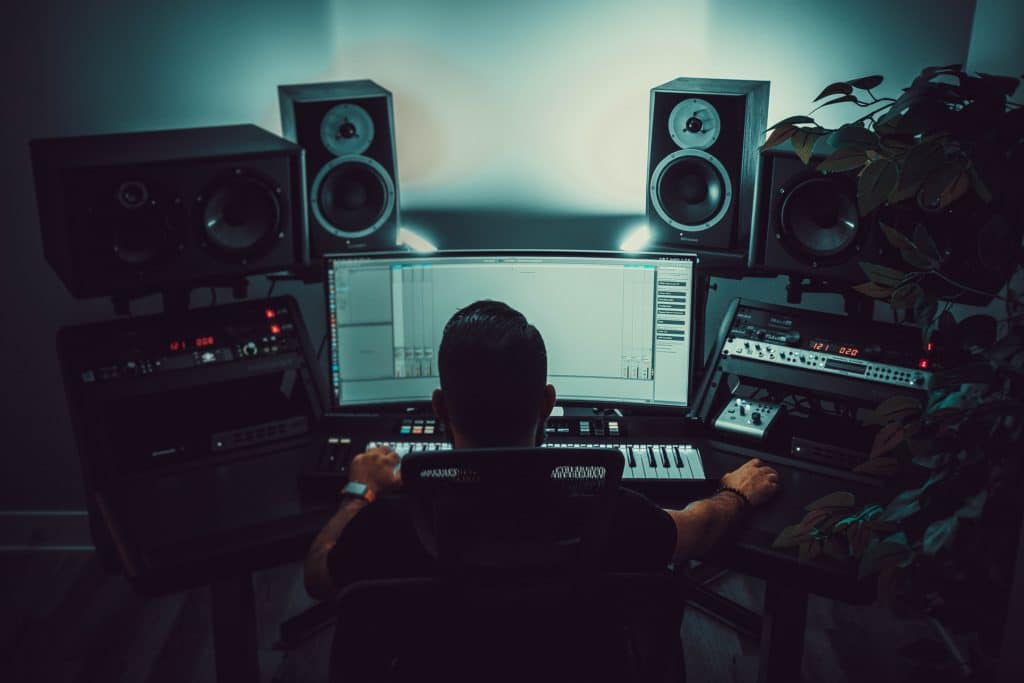
Mastering is a very nuanced form of post-processing. If you feel you don't have a full grasp on it, best to leave it to a professional mastering engineer.
When is Mastering Not Needed?
Sometimes you’ll get a mix back that you absolutely love. There may be nothing you want to change about it, and you have no desire to hear it sound any differently. If this is the case, then it’s possible you don’t need mastering. That being said there are more things you need to consider before coming to that conclusion.

Knowing what goes into mastering, helps when determining if it isn't needed.
As stated above, the technical limitations of various speaker systems will need to be accounted for - if they haven’t, getting the song mastered is necessary.
The only instance in which mastering may be a completely unnecessary step is as follows. First, again you absolutely love the mix and don’t want anything changed. Second, you only plan to release the song on a digital streaming platform, ruling out the need for advanced technical understanding of different mediums. Third, the mix is nearly the same as the loudness normalization settings of the digital streaming service to which you intend to distribute the song.
If your mix can be characterized by these three things, then you may not need mastering.
Conclusion
Mastering is almost always needed when preparing a song or project for distribution. It’s a process that not only considers and shapes the sound of a mix but also accounts for a multitude of other important factors - primarily the technical limitations that could be encountered and could affect the playability of your song.
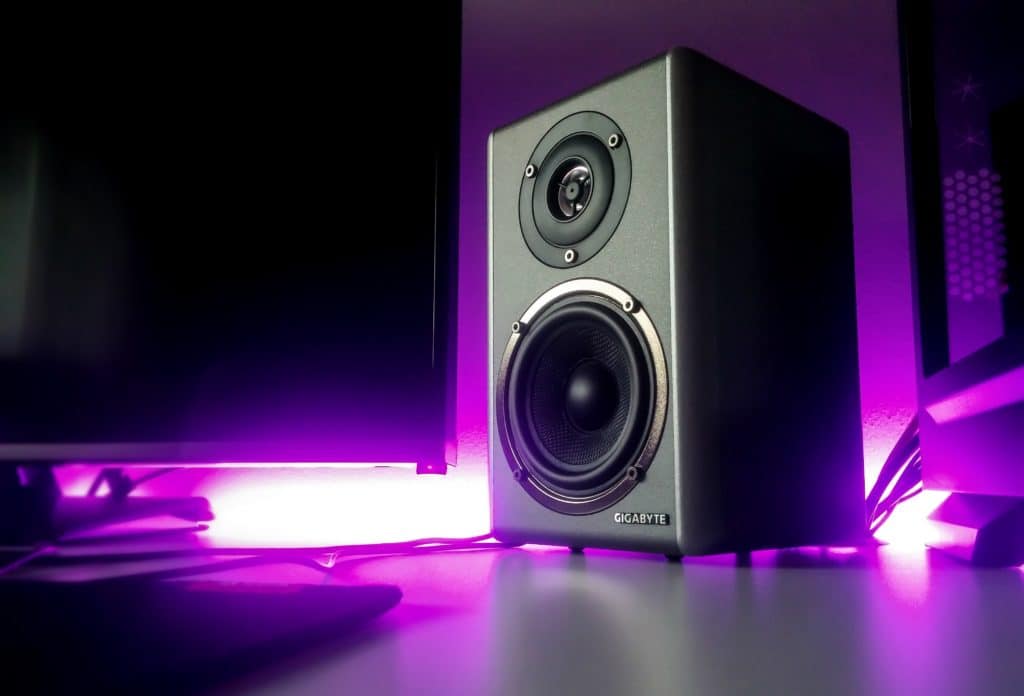
Technical limitations of playback systems have as much to do with mastering as creating a great sounding master.
To keep things simple let's sum up the conditions that would necessitate getting your track or project mastered. If you answer yes to any of these questions, then it’s in your best interest to have your mix professionally mastered.
Could your mix sound better than it currently does? Do you plan on releasing the mix on anything other than a digital streaming platform? Does your mix still need to be adjusted for eventual loudness normalization from streaming services? Could you mix have more controlled dynamics or a more balanced frequency spectrum? Do you anticipate listeners playing your music on lower-end consumer-grade playback systems?

If you answered Yes to any question above, Mastering is Necessary.
Again if you answered yes to any of these questions, then yes, mastering is necessary for your song or project.
If you have a project you need mastered, and you’d like a free mastered sample, send it to us here: https://www.sageaudio.com/register.php
Have you ever had your music mastered?




